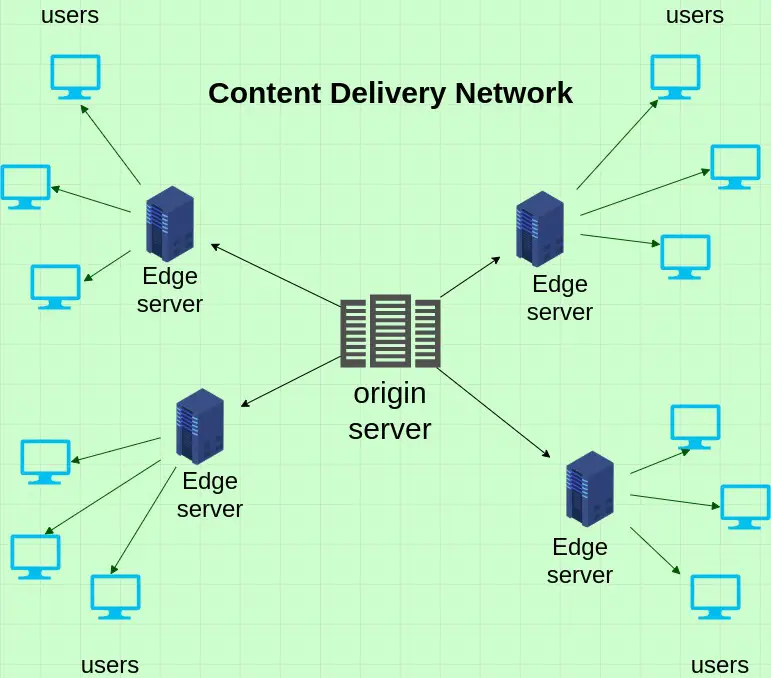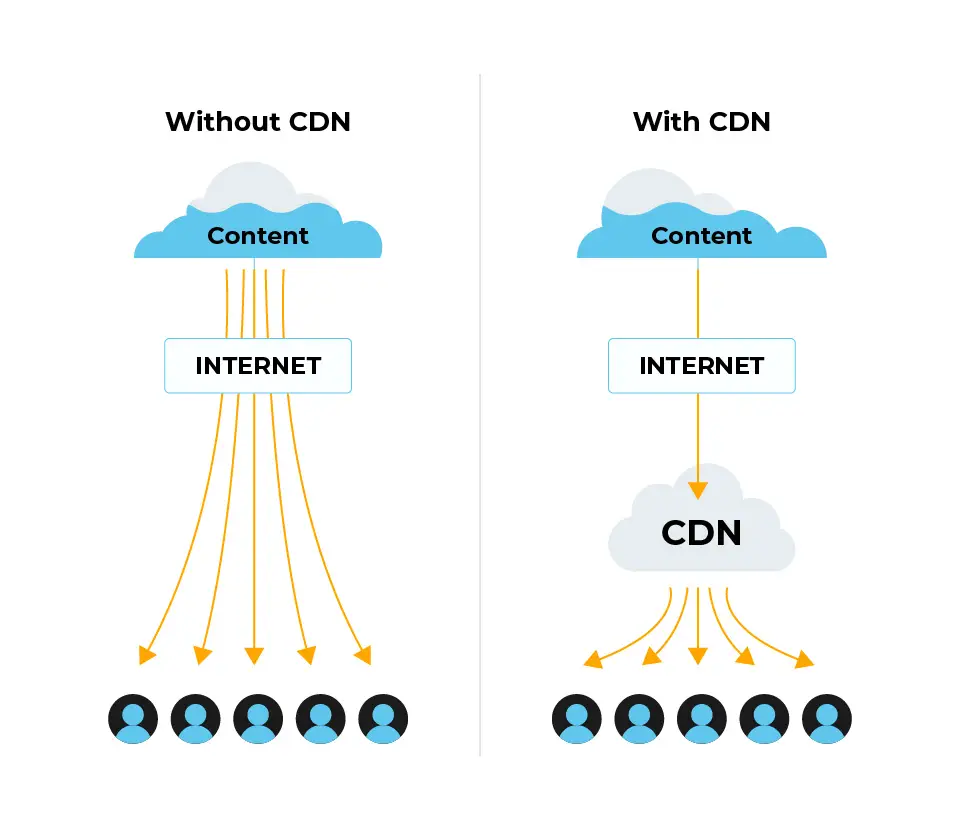CDN and Blockchain: A Novel Approach to Content Delivery

Introduction
Content Delivery Networks (CDNs) have revolutionized the distribution of digital content across the globe. However, they face challenges such as content piracy, data privacy, and single points of failure. Blockchain technology has emerged as a potential solution to these issues, offering a decentralized and secure platform for content delivery.
Integrating CDN and Blockchain
Blockchain is a distributed ledger that records transactions in immutable and transparent blocks. By integrating blockchain with CDNs, we can create a new architecture for content distribution that offers several advantages:
Decentralization: Blockchain eliminates the need for a central authority or server, allowing content to be distributed across a network of nodes. This reduces the risk of content being taken down or manipulated.

Security: Blockchain transactions are encrypted and recorded on a distributed ledger, making it extremely difficult to hack or alter content. This enhances data security and prevents content piracy.

Transparency: The blockchain records all transactions related to content distribution, providing transparency and accountability. This allows users and stakeholders to track the provenance and history of content.
Peer-to-Peer Delivery: Blockchain enables peer-to-peer content distribution, where nodes can share content directly with each other without the need for a centralized server. This reduces bandwidth costs and improves network efficiency.
Use Cases
1. Video Streaming: Blockchain-based CDNs can optimize video streaming by reducing buffering and improving video quality. The decentralized network ensures that content is available from multiple sources, reducing the impact of network congestion or outages.
2. Software Distribution: Blockchain-integrated CDNs can securely distribute software updates and patches to end-users. The immutability of the blockchain ensures that only legitimate updates are delivered, enhancing software security.
3. Content Monetization: Blockchain can enable automated and transparent payment for content creators. Users can pay for content using cryptocurrencies, and transactions are recorded on the blockchain, creating a verifiable record of ownership and revenue distribution.
Challenges and Future Research
- Scalability: CDNs handle massive amounts of data. Designing a blockchain-based CDN that can scale to meet this demand is a challenge.
- Interoperability: Integrating blockchain with existing CDN technologies requires standard protocols and frameworks.
- Cost: The cost of blockchain transactions can be significant. Research is needed to optimize the use of blockchain in content delivery and minimize transaction fees.
Conclusion
The integration of CDN and blockchain has the potential to transform content delivery by enhancing security, transparency, and efficiency. By leveraging the decentralized and secure nature of blockchain, we can create a new generation of CDNs that empower content creators, reduce piracy, and improve the user experience. Further research and collaboration are crucial to address the challenges and unlock the full potential of this promising technology.## Executive Summary
The convergence of Content Delivery Network (CDN) and Blockchain technologies is revolutionizing content delivery, offering a plethora of benefits that address the challenges of traditional content distribution models. This innovative approach enhances content security, improves performance, reduces costs, and empowers creators with new monetization opportunities.
Introduction
In the modern digital landscape, the delivery of content to end-users faces numerous challenges, including security vulnerabilities, network congestion, high latency, and limited monetization options. CDN and Blockchain technologies, when combined, provide comprehensive solutions to these issues, creating a more secure, efficient, and lucrative content delivery ecosystem.
Frequently Asked Questions
1. What are the advantages of using a CDN with Blockchain?
- Improved security: Decentralized storage and encryption protect content from unauthorized access and malicious attacks.
- Enhanced performance: Content caching at multiple locations reduces latency and improves user experience.
- Reduced costs: Distributed storage and peer-to-peer delivery reduce infrastructure costs compared to traditional centralized models.
2. How does Blockchain benefit content creators?
- Control over distribution: Creators maintain ownership of their content and decide who can access it.
- Transparent monetization: Blockchain-based smart contracts enable automated payments and track usage rights.
- New revenue streams: Opportunities for alternative monetization models, such as tokenization and content licensing.
3. What are the challenges of implementing CDN and Blockchain?
- Technical complexity: Integrating blockchain technology with existing CDN infrastructure requires specialized expertise.
- Scalability: Ensuring the system can handle large-scale content delivery while maintaining performance and security.
- Regulatory compliance: Navigating legal and regulatory requirements related to data privacy, content ownership, and copyright.
Subtopics
Content Security
- Decentralized storage across multiple nodes ensures data integrity and resilience against hacking.
- Encryption using blockchain protocols provides robust protection against unauthorized access.
- Immutable ledger records track all content modifications, preventing tampering and ensuring transparency.
Performance Optimization
- Content caching at multiple locations reduces latency and improves loading times.
- Load balancing distributes traffic efficiently to reduce network congestion.
- Peer-to-peer delivery leverages user devices as additional nodes, increasing bandwidth capacity.
Cost Reduction
- Distributed storage eliminates the need for centralized servers, reducing infrastructure costs.
- Peer-to-peer delivery reduces bandwidth consumption, minimizing network charges.
- Transparent billing through blockchain smart contracts ensures fair and verifiable payments.
Creator Empowerment
- Content ownership and control empowers creators to manage distribution rights and protect intellectual property.
- Automated monetization through smart contracts simplifies payments and reduces transaction fees.
- New monetization models, such as tokenization and usage-based pricing, provide additional revenue streams.
Data Analytics and Insights
- Blockchain-based tracking of content usage provides valuable insights into audience behavior.
- Data analysis helps creators optimize content delivery, tailor marketing campaigns, and improve user engagement.
- Privacy-preserving solutions ensure data is anonymized and used ethically.
Conclusion
The integration of CDN and Blockchain technologies offers transformative benefits for content delivery. By enhancing security, improving performance, reducing costs, empowering creators, and providing valuable data insights, this innovative approach revolutionizes content distribution. As the adoption of this technology continues to grow, we can expect even more groundbreaking advancements that will shape the future of digital content delivery.
Keywords
- Content Delivery Network
- Blockchain
- Content Security
- Performance Optimization
- Creator Empowerment
